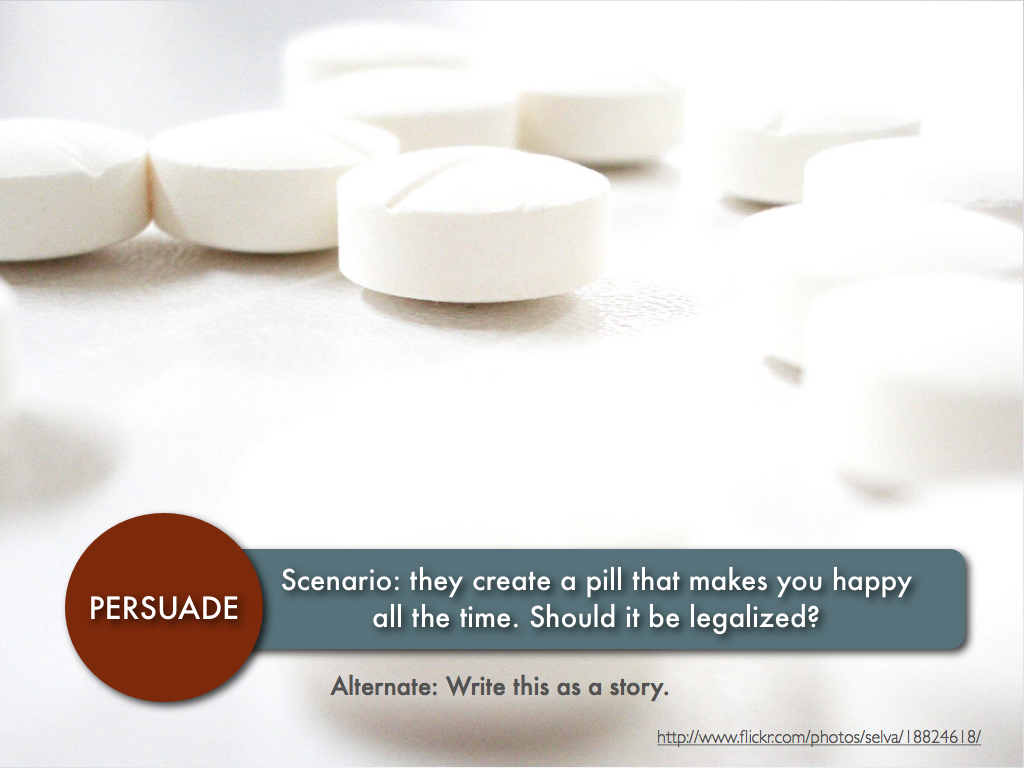December 7, 2017
CCSS.ELA-LITERACY.RL.11-12.4
Determine the meaning of words and phrases as they are used in the text, including figurative and connotative meanings; analyze the impact of specific word choices on meaning and tone, including words with multiple meanings or language that is particularly fresh, engaging, or beautiful. (Include Shakespeare as well as other authors.)
Starter:
Vocabulary
Word: Figurative Language
Part of Speech: Noun
Dictionary Definition: uses words or expressions with a meaning that is different from the literal interpretation
Your Definition:
Activity: Give an example of figurative language.
Activity:
Benchmark Remediation
As a class we will go over the three questions posted.
If you did not receive a score of an 80% complete the remediation posted in usatestprep.
This is due next Wednesday.
1. Figurative Language
If you already know the terms make yourself flashcards to use in the future.
Make sure you know the definitions and some examples for the following terms:
Simile
Metaphor
Personification
Hyperbole
Idioms
Alliteration
Onomatopoeia
Oxymoron
Allusion
2. Figurative Language Picture Chart
You will create FIVE different examples of figurative language based off of one picture.
You must include: metaphor, simile, hyperbole, allusion, and personification.
We will share these with the class to see several different example.
Gallery Walk
We will conduct a gallery walk for the figurative language charts.
Write down an example of a simile, metaphor, personification, allusion, and hyperbole.
Make sure each one comes from a different image.
3. Identification
a. Select a song that you really like.
b. Create a TPCASTT for it.
c. Identify any figurative language and identify the type.
d. Answer the question:
How does figurative language enhance the meaning?
e. Switch with a partner for review.
Use the link to read the poem and complete the questions.
Closure:
Using the learning target, evaluate how confident you feel with figurative language after today.
Why?




